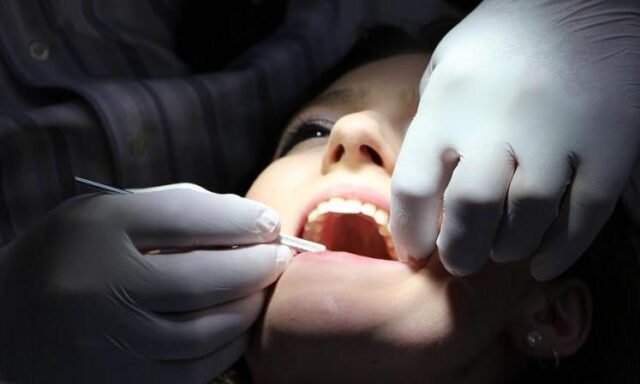Kurnool: A study by a research scholar from the Indian Institute of Information Technology Design and Manufacturing (IIITDM), Kurnool, promises to make dental treatments like crowns and bridges more affordable and accessible to the public.
These dental prosthetics, vital for restoring damaged or missing teeth, are traditionally expensive due to their complex fabrication, material consumption and the time-intensive nature of 3D printing.
Akula Siva Bhaskar, a PhD scholar at the institute, developed a novel framework aimed at optimizing the 3D printing process for dental components using SLA (stereolithography) technology. His work focuses on reducing production costs and increasing the efficiency of printing through simulation-based analysis and intelligent print orientation.
Under the guidance of Dr Akhtar Khan, the scholar explored how different print orientations affect the generation of support structures. While SLA printers rely on slicer software to automatically generate these supports, the software often creates excessive, unnecessary structures that lead to higher material use, longer print times and increased costs—especially when producing in bulk.
To address this, Bhaskar conducted simulation-based analyses and applied decision-making tools like hybrid MCDM (multi-criteria decision making) methods—AHP-TOPSIS and fuzzy logic—to identify optimal print angles. His research found that printing at angles of 90°-90°-45° for bridges and 90°-45° for crowns significantly reduced support structures—by up to 78 per cent—and cut overall production costs by around 25 per cent.
The study also highlighted the advantages of using advanced materials such as PEEK (polyether ether ketone) and PEKK (polyether ketone ketone), which are strong, biocompatible plastics commonly used in medical and dental applications.
These materials are known for their high durability, resistance to wear and compatibility with the human body, making them ideal for long-lasting dental implants like crowns and bridges. By using PEEK and PEKK, the quality and strength of the printed dental parts improved significantly, ensuring better performance and comfort for patients.
“This simple adjustment can make 3D printing more efficient and practical for dental labs using SLA-based methods. This methodology can also be adapted to other 3D printing technologies,” said Akula Siva Bhaskar.
His thesis marks a significant advancement in digital dentistry, offering a cost-effective, cleaner and faster method for producing high-quality, customized dental components—ultimately benefiting patients by making treatments more accessible and affordable.






